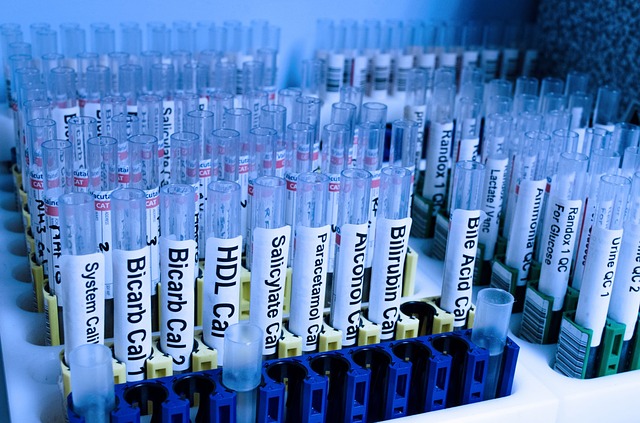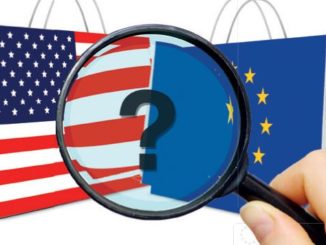It was recently announced that U.S and EU will seek a ‘Harmonized Approach’ on EDs in a pilot program. The initiative on EDs is one of three pilot programs on chemicals launched by the U.S. and EU in parallel to the Transatlantic Trade and Investment Partnership (TTIP). The other two programs, which are focused on chemicals screening and labelling, were announced by the EU following the sixth round of TTIP talks held in July.
TTIP: already disrupting Europe’s precautionary principle?
A spokeswoman from the Environmental Protection Agency in the US, quoted in Inside U.S. Trade, stated “Our goal is to have a harmonized approach to prioritization and screening of chemicals based on endocrine bioactivity and environmental exposure”
Although very little is known about what will be included in the pilot program due to the non-transparent nature of the trade talks, the distinct possibility remains that the program will focus on finding a common approach toward the risk assessment of EDs. The overall aim of TTIP is to remove non-tariff barriers to trade and in this context the potential is clearly there for negotiators to work towards minimization of even the chance that the criteria and methods used in one jurisdiction could give a different result than in the other.
There is a general fear from civil society organisations that this poses a threat to the safe management of chemicals in Europe and will ultimately lead to a chilling effect on the EU moving forward chemicals regulation given the lower standard in the USA.
Transparency has also been a key concern amongst civil society organisations. Quoted in Chemical Watch (CW 6 August 2014), Baskut Tuncak senior attorney at the Center for International Environmental Law (CIEL) stated: “As the “pilot projects” on chemical risk assessment and other aspects of TTIP develop, the public must be given the opportunity to comment on the details of these projects proposed by the US and EU governments, and industry.
“Both the US and EU recognise the importance of informed public participation in their lawmaking processes, but not when lawmaking is framed in the context of a trade negotiation, apparently,” he adds.
How will these efforts at harmonization affect the European Commission’s current review of legislation and policies on EDs, when criteria for EDs have not yet even been agreed? The context for this dilemma is fraught. The European Commission has still has not even agreed internally on what criteria should be used to define such substances. It is still unclear even which Commission services/agencies from the European Union will be involved in the ED program. The European Commission’s directorate-generals for Health & Consumers (DG SANCO) and the Environment (DG ENV), European Chemical Agency and European Food Safety Authority all play roles regulating EDs in the EU.
Unfortunatley, it looks like the “real” effect of these pilot programs will be to further delay important legislation and policy relating to endocrine disruptors currently being put forward by the European Commission.
See also
all Arc2020 news features on TTIP
Recent articles by Robert Pederson:







1 Trackback / Pingback
Comments are closed.